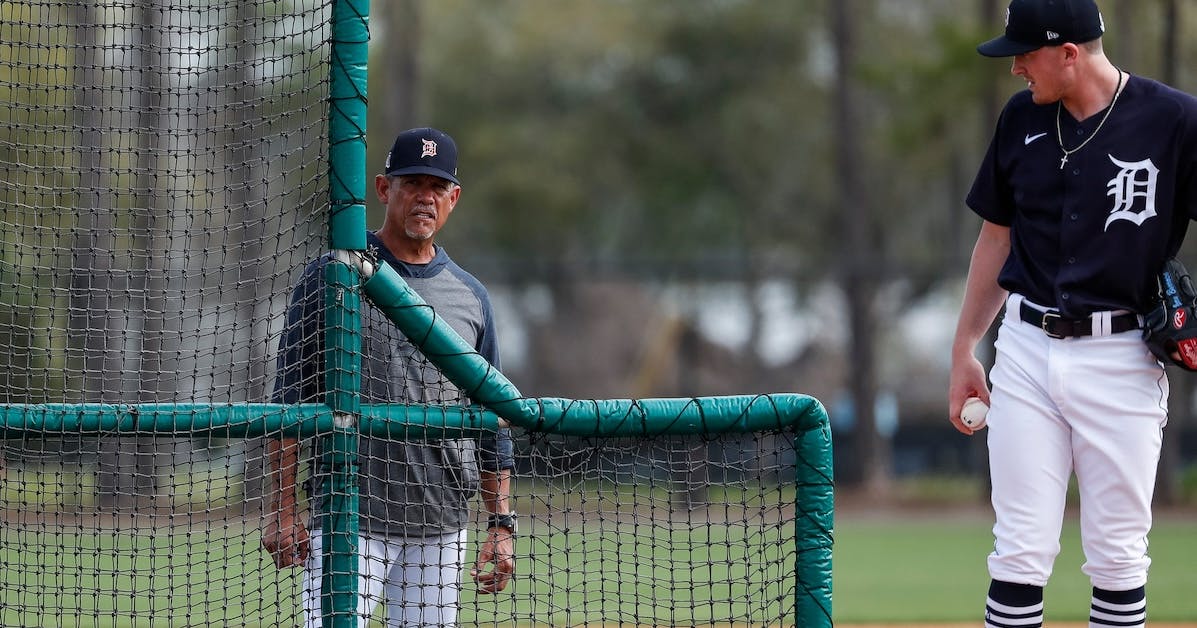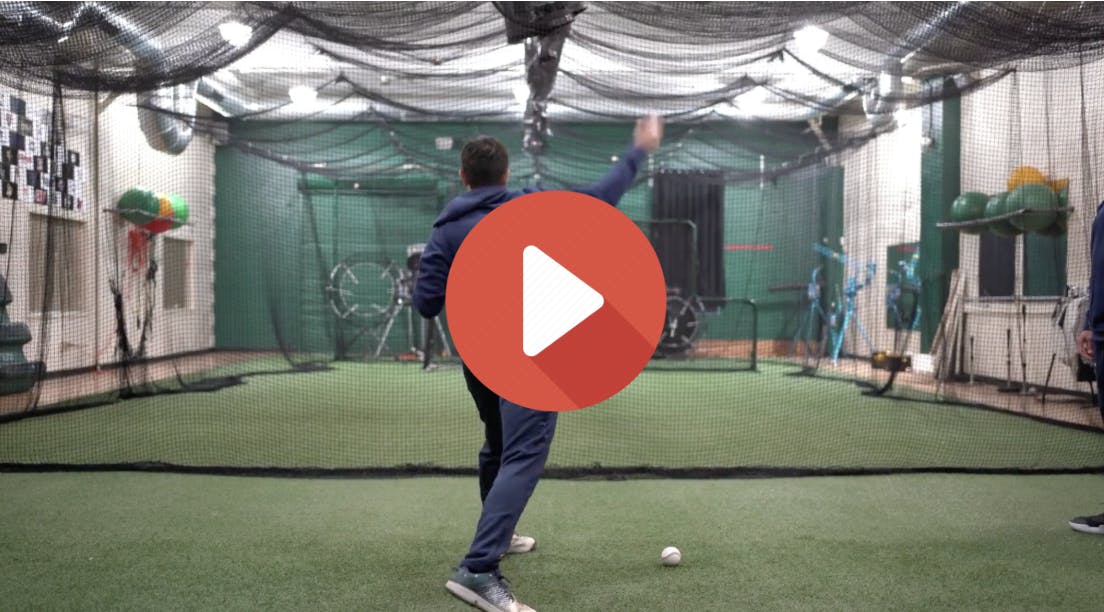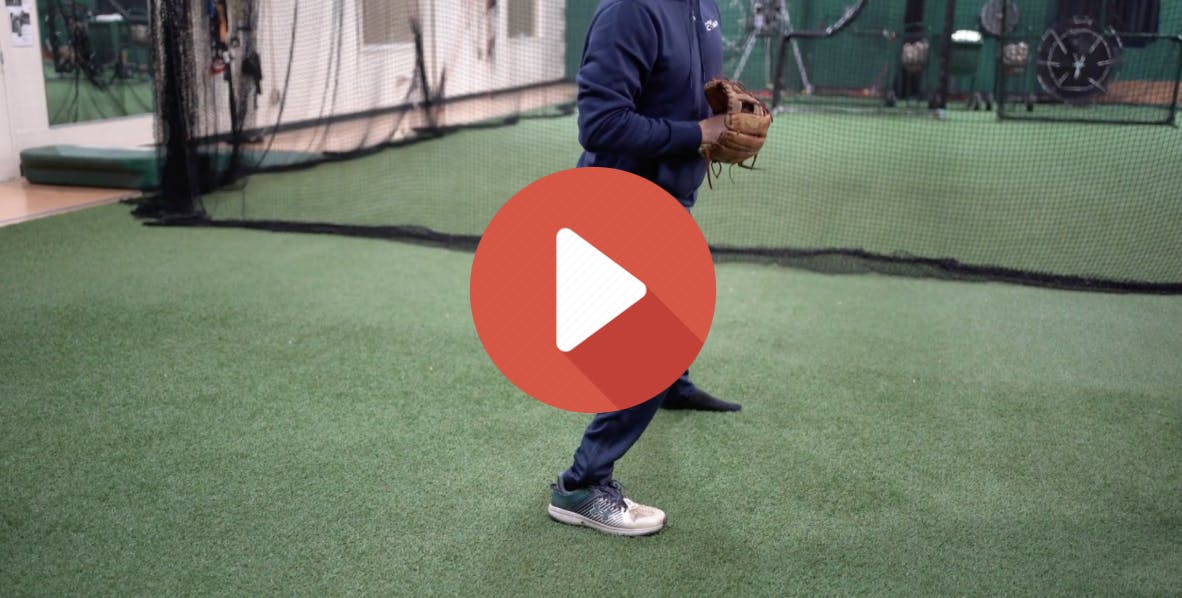Featured courses
- Understanding The Shift by Brandon Ogle
- Two Drills to Improve Outfield Movement and Communication by Grant Young
- The Ultimate Resource For Coaching Youth Baseball by Jackson Chlebowy
- Become a Master at Bunting by Brandon Ogle
- 5 Reasons Why There Is More To Good Base Running Than Just Speed by Brandon Ogle
- Three Injury-Prevention Tips For Your Offseason Pitching Program by Grant Young
- How to Teach Hitting to the Next Generation by Grant Young
- Developing Defensive-Minded Baseball Catchers by Grant Young
- 3 Baserunning Tips to Score More Runs in Baseball by Grant Young
- 5 Outfield Drills to Work on in Season by Alec Burris
- Keys For Scoring More With Runners on First and Third Base by Grant Young
- How to Develop Your Game to Become a Five-Tool Player by Brandon Ogle
- 3 Coaches Share the Keys to Running Baseball Practice the Right Way by Grant Young
- Four Drills to Sharpen a Baseball Hitter’s Vision at the Plate by Grant Young
- Four Quotes to Hit Better With Two-Strikes by Grant Young
- Four of Former MLB Pitcher Juan Nieves’ Movement-Based Pitching Drills by Grant Young
- Two Tips For Developing an Elite Baseball Bullpen by Grant Young
- Overcoming the Four Challenges of Indoor Baseball Practices Because of Weather by Grant Young
- Three Tips to Make Your Baseball Team Mentally Tougher by Grant Young
- Three Priceless Philosophies to Motivate Your Baseball Team by Grant Young
- Three Offseason Baseball Drills to Simulate Competition by Grant Young
- Three Baseball Offseason Strength and Conditioning Essentials by Grant Young
- Important Ways to Improve Your Baseball Team’s Baserunning by Grant Young
- Three Ways to Perfect Hitting Mechanics From an MLB Icon by Grant Young
- Catchers can influence pitchers...for bad or good by Drew Johnson
- Throwing Strikes and Playing Good Defense Equals Wins by Jose Ortiz
- Legendary Indiana Head Baseball Coach Bob Morgan’s Offensive Theory by Grant Young
- Tennessee Head Baseball Coach Tony Vitello on How to Practice Baserunning by Grant Young
- Three Great T-Ball Drills For Youth Baseball Players by Grant Young
- How to Manage a Baseball Pitching Staff by Grant Young
- Three Uncommon Tips to Become a Better Hitter by Grant Young
- How a Baseball Coach Can Develop Strike Throwers by Grant Young
- Drills to Develop Elite Baseball Outfielders by Grant Young
- Baseball Training Exercises to Strengthen Arm and Bat Speed by Grant Young
- How to Use Bunting to Score More Runs by Grant Young
- How To Build An Elite Baseball Infielder by Grant Young
- Three Drills to Improve Your Baseball Team's Infield Play by Grant Young
- Three Keys to Curating a Pitching Staff’s Success by Grant Young
- 3 Techniques to Develop a Baseball Player’s Hitting Approach by Grant Young
- How to Cultivate Confidence Within Your Pitchers by Grant Young
- 5 Every Day Drills To Help You Become A Better Catcher by tyler Linderman
- How to Throw A Curveball by Brandon Ogle
- How to Assemble a Lock-Down Bullpen by Brandon Ogle
- How to Throw a Sinker by Brandon Ogle
- How to be a Smart Baserunner by Brandon Ogle
- Improving a player's slugging average by Phillip Woolgar
- The 8 Fundamentals of Pitching by Drew Johnson
- How to Throw a Deceiving Changeup by Brandon Ogle
- Step Up Your Outfield Defense With These Three Drills by Jose Ortiz
- 8 Baseball Drills Every Player Should Practice by Drew Johnson
- How To Become An Elite Defensive Outfielder by Tyler Linderman
- 5 Tips For Crushing A Curveball by Johnny Grassi
- LEGENDS FOR YOUTH INCLUSION BASEBALL CLINIC by Phil
- Fourteen Ways To Turn A .300 Hitter Into A .210 Hitter by Jay P. Granat, Ph.D.
- How To Become The Ideal Leadoff Man by Brandon Ogle

Four of Former MLB Pitcher Juan Nieves’ Movement-Based Pitching Drills
- By Grant Young
Even the most naturally talented pitchers can fall short of their potential when mechanical flaws undermine their performance.
The relationship between pitching mechanics and that pitcher’s success on the mound is both complex and fundamental to the art of pitching. Elite pitchers possess an integrated system where body movements work in perfect harmony.
When mechanical issues arise, they create a cascade of problems that can limit velocity, reduce command, increase injury risk, and diminish pitch effectiveness.
The kinetic chain in pitching requires precise sequencing—energy transfers from the ground through the legs, hips, torso, shoulder, elbow, and finally to the fingertips. Any disruption in this sequence compromises performance. Common mechanical issues include:
- Inconsistent release points leading to command problems
- Improper weight transfer, reducing velocity potential
- Flying open with the front shoulder, causing arm drag
- Insufficient hip-shoulder separation, limiting rotational power
- Timing discrepancies between lower and upper body movements
Movement on the mound is particularly critical. A pitcher's delivery begins with their stance and initial movements toward home plate. The stride, direction, timing, and body position during this phase establish the foundation for everything that follows. Inefficient movement patterns force the arm to compensate, often leading to decreased performance and increased injury risk.
The most successful pitchers in baseball history have combined natural talent with mechanically sound deliveries. Their movements appear effortless despite generating tremendous force because they've mastered the biomechanical principles that optimize performance.
Ultimately, mechanical refinement represents the bridge that allows raw talent to manifest as consistent excellence on the mound. Regardless of natural ability, pitchers who fail to address mechanical flaws will always perform below their true potential.
Of course, MLB pitchers have come closer to mechanical mastery than anybody else — except perhaps those MLB pitchers who have gone on to become pitching coaches at the highest level, who have both learned and taught pitching mechanics to the world’s best baseball players.
And that’s exactly what Juan Nieves has done. Nieves played for the Milwaukee Brewers from 1986 to 1988 and threw the first no-hitter in Milwaukee Brewers history. After his playing career ended, he helped lead the 2013 Boston Red Sox to a World Series title as pitching coach.
Coach Nieves’ ‘Movement Based Pitching Techniques’ clinic is designed to break down the pitching delivery into focused, trainable movement patterns using a full progression of over 60 specialized drills, grouped by key areas of development and meant to train the body to move efficiently, explosively, and athletically—the way elite pitchers are built.
We have pulled four of Coach Nieves’ drills and included them as a snippet of what his full clinic can offer you.
Figure 8 Drill

The first of Coach Nieves’ drills is an arm path drill called the figure 8, which is for pitchers to create less than a 90-degree elbow lead.
The drill begins with the pitcher in their separation position, which simulates when their hands separate during their delivery. They’ll then mimic throwing to the plate, but instead of releasing the ball, they’ll do a figure eight motion with their throwing arm once before getting into their throw (which can be into a net or a fence).
It’s also important that the pitcher find their rhythm with their lower body while going through their motion.
This is a great pattern for them to be more loose, fluid, and whippy with their arm action and overall delivery.
Hinge Slide Drill

The next drill of Coach Nieves that we’re sharing is the Hinge Slide drill, which requires that a pitcher remove their front shoe (they also need to be on turf, grass, or another surface that will allow their foot to slide) and start in their set position.
From there, the pitcher will slowly slide forward with their front foot while keeping their body weight on the back foot. They will do this until they reach their separation position, at which they’ll come back to their set and begin again.
The goal here is to feel that hinge slide with the back foot, which will help a pitcher better understand how to generate and sustain force (and thus velocity) with their back leg through their delivery.
Front Shoulder Closed One-Legged Throws
The next of Coach Nieves’ pitching movement-based drills focuses on coordination and hip movement, ensuring that a pitcher isn’t over- or under-rotating during their delivery.
To address this, the pitcher will be in a set throwing position with their glove arm facing a net (meaning they’re looking to the side). They’ll then lift this leg off the ground and let it swing (while still maintaining their balance) as they make a throw into the leg, which will require them to rotate their hips.
Scap Retraction Drill

Lastly, Coach Nieves’ scap retraction drill is great for pitchers who, in his words, “put the pinball back” in their throwing motion, which is another way of saying a pitcher who isn’t activating their scaps properly during their delivery.
For this drill, the pitcher will be in their set position, with their glove hand facing the net, with their throwing arm fully extended in front of them. From there, they will bring their throwing arm back as far as possible without losing their natural elbow bend, then rotate and throw into the net.



